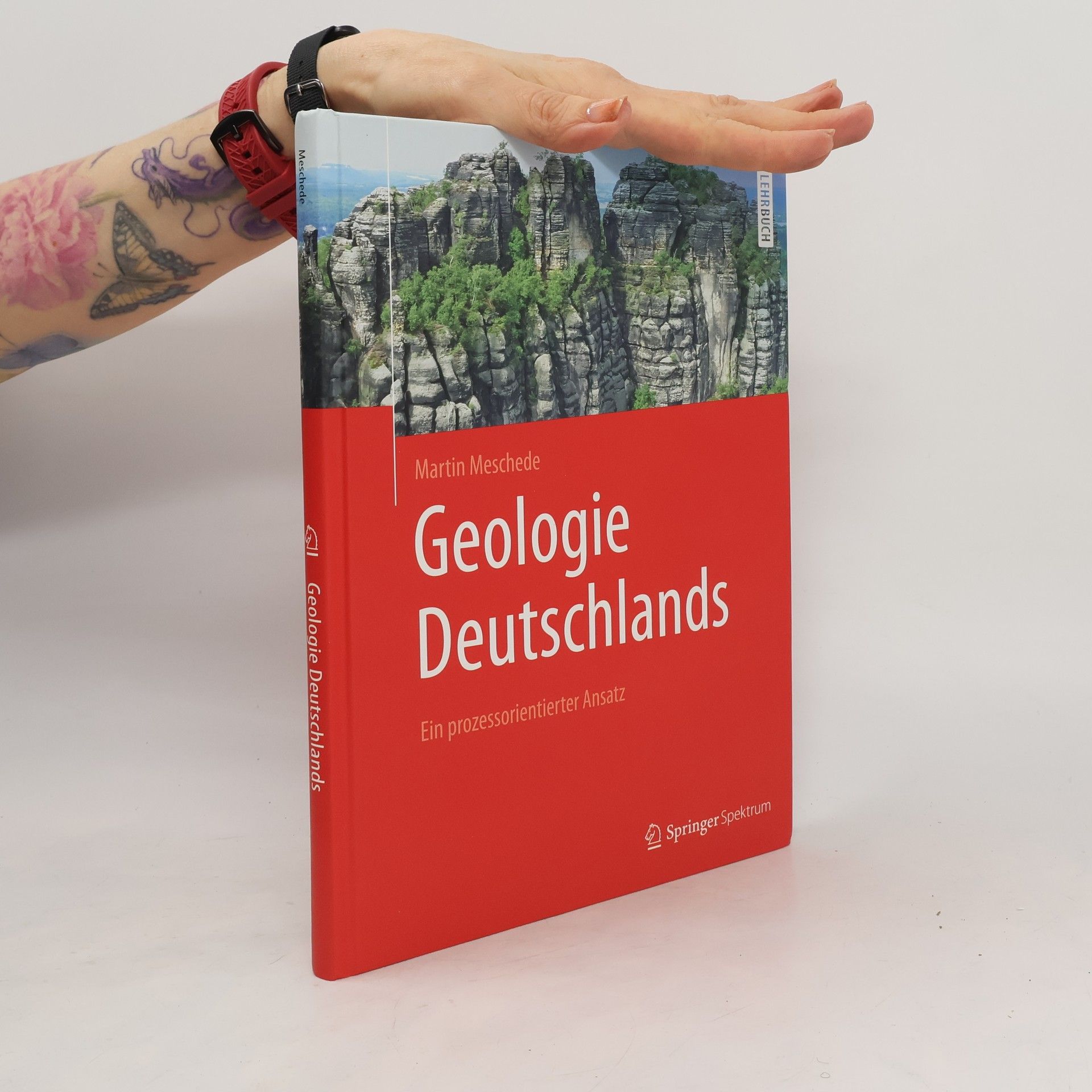The textbook delves into mountain formation, distinguishing between old and young mountains, and reconstructs Earth's paleogeography to illustrate the fit between South America and Africa. It also explores geological phenomena, explaining the volcanic and earthquake activity surrounding the Pacific Ocean compared to the calmer edges of the Atlantic. Through these topics, it provides a comprehensive understanding of geological processes and their historical implications.
Martin Meschede Boeken




Deutschland ist vom geologischen Aufbau her sehr abwechslungsreich, wie dieses Lehrbuch in anschaulichen vierfarbigen Grafiken und auch für Nicht-Geologen verständlichen Texten vermittelt. Wie sind diese unterschiedlichen Gebirge und Landschaftsformen entstanden? Welche Gesteine bilden den geologischen Untergrund Deutschlands? Was ist der Grund dafür, dass Erdbeben nur in bestimmten Regionen Deutschlands auftreten? Wo gibt es junge Vulkane, und warum sind sie einst ausgebrochen? Wie sind all diese Erscheinungen in das plattentektonische Geschehen in Mitteleuropa eingebunden? Wie wurde schließlich die heutige Landoberfläche geformt? Auf all diese Fragen geht Martin Meschede im vorliegenden Buch ein und zeichnet die Entwicklung Deutschlands nach von seinen Anfängen auf verschiedenen Kontinenten bis hin zum heutigen Nebeneinander der verschiedenen Struktureinheiten.